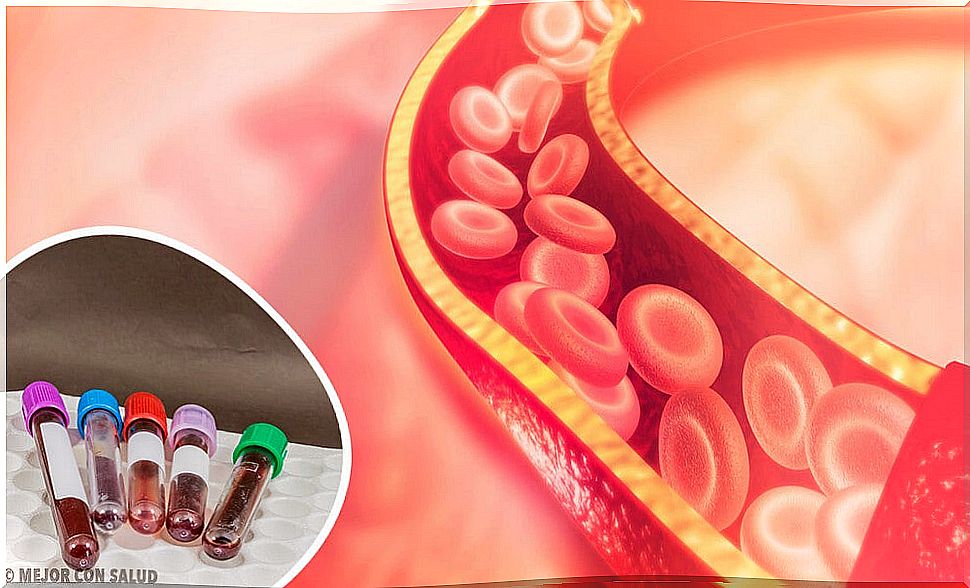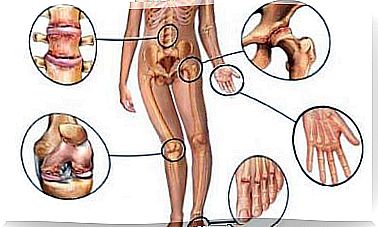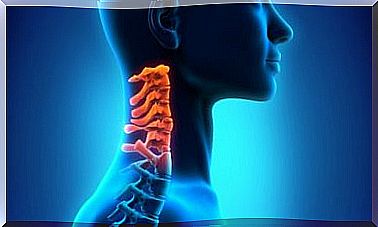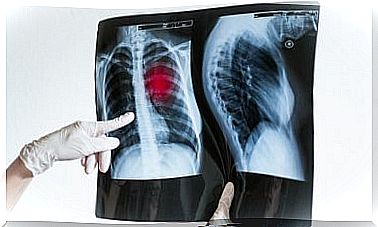What Is Positive Feedback?
In order to understand what positive feedback is , we must first review what feedback processes are in general.
In our body, feedback processes are a set of control mechanisms that participate in homeostasis, which is the body’s ability to maintain relatively stable internal conditions in the face of external changes.
So we can say that the feedback serves to self – regulate an organism to try to maintain the equilibrium state against external disturbances.
All these processes are controlled and carried out by the nervous and endocrine systems, where we can differentiate different parts or components:
- The receiver, in charge of capturing the stimulus, whether external or internal.
- The central nervous system (CNS), which receives the information, processes it and decides the most appropriate response for it.
- Finally, the effector carries out the response that can be controlled by the muscular system or the endocrine system.
Normally, feedback systems intervene in chemical processes, altering them as necessary. With them, the levels of certain hormones, ion concentrations, etc. are regulated.
Let’s go deeper into it.
Negative feedback
In negative feedback , an attempt is made to balance certain systems either by counteracting or reducing the consequences of certain reactions.
It is the process that we find most frequently and the most important for the control of homeostasis. It participates, for example, in processes related to the regulation of body temperature, causing that, when it is cold, our temperature drops, and consequently we tremble to generate heat, so that the temperature increases again.
Positive feedback
The feedback positive or positive feedback tends to amplify the initial stimulus, ie chemical triggers more reactions such. In other words, this set of processes works like a true vicious circle in our organism, being an external factor the one that would stop the response. Some examples of positive feedback processes in our body would be:
Blood clotting
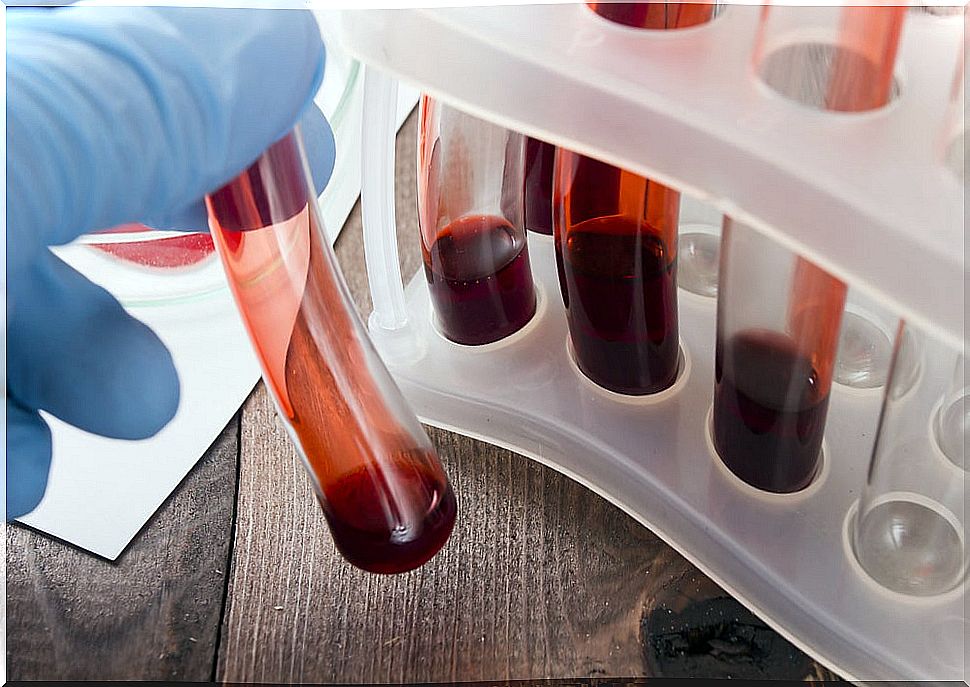
Blood clotting is the process by which blood loses its characteristic fluidity to become more solid. As a general rule, it occurs naturally to stop bleeding or bleeding when blood vessels break.
To do this, clotting factors are released which, in turn, stimulate other factors, producing a large chain reaction known as the coagulation cascade.
Childbirth
Another example of positive feedback or positive feedback occurs during labor. The fetus normally occupies most of the space inside the uterus and puts some pressure on the cervix. This pressure is detected by the brain thanks to nerves that send the information in the form of nervous stimuli. In this way, the brain decides to produce oxytocin.
This hormone is transported by the blood and is responsible for causing uterine contractions that allow the mother to give birth. This positive feedback process is repeated, so that the number of contractions increases and a relatively rapid labor develops. Without this process, the lengthening of this act could be stressful and harmful, both for the mother and the fetus.
The metabolic process of vitamin D

We also found positive feedback on metabolic processes related to vitamin D. Vitamin D is absorbed by the microvilli of the small intestine, processed in the liver and then in the kidneys to obtain new organic substances through hydroxylations.
These substances, such as calcitriol, improve the absorption of calcium and potassium by this organ. In this way, the reactions of the liver and kidneys have favored or stimulated others, such as the absorption of these elements by the bones.
Usually, this type of control mechanism is less effective than feedback or negative feedback, although its role in homeostatic processes is fundamental.
In short, a good control of homeostasis translates into the balance of all the processes that occur in our body, such as the maintenance of blood pressure.
